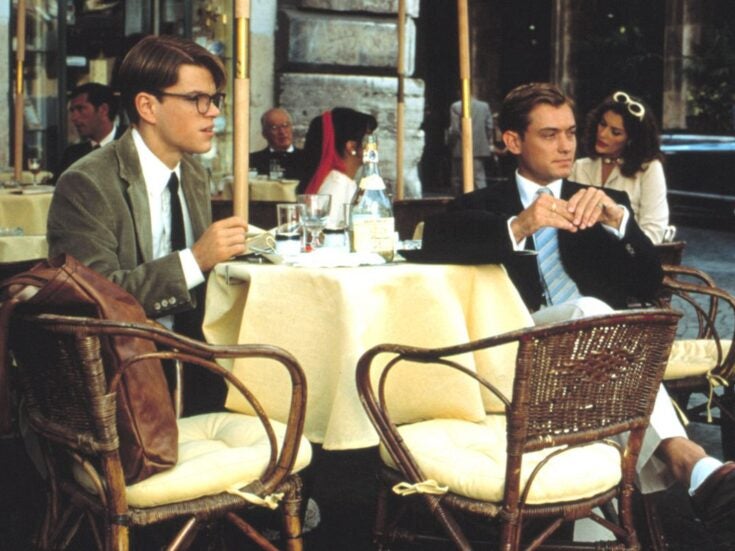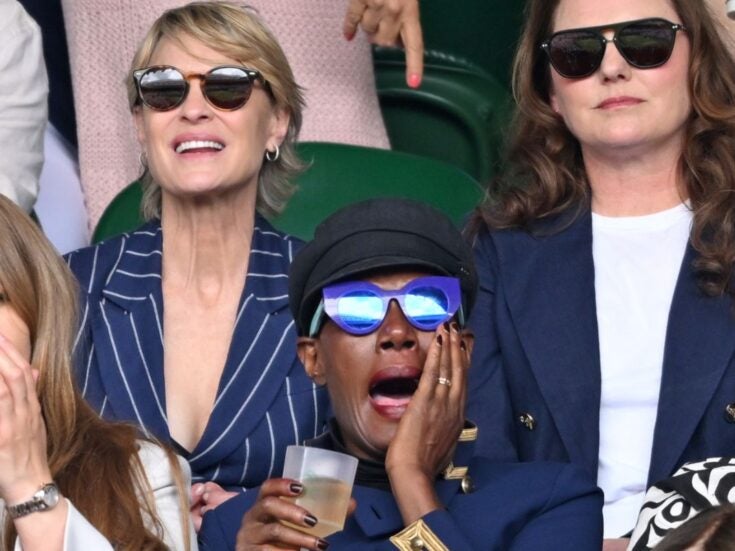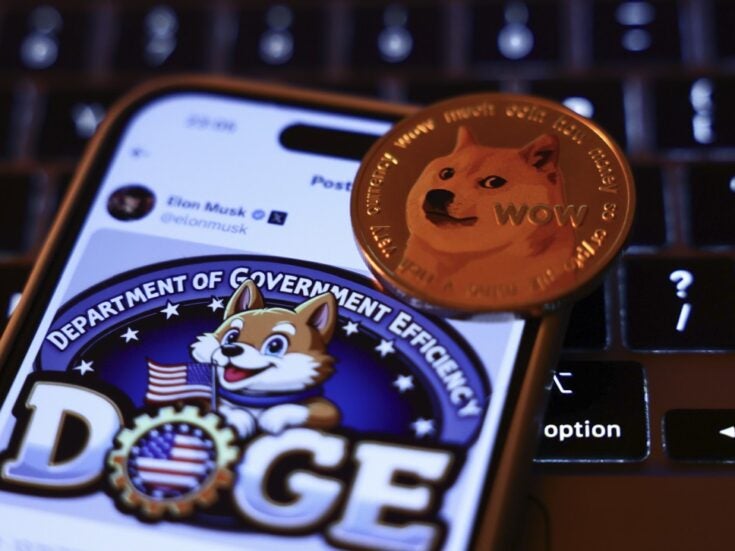Hedgehog attends a course on art fraud, and is currently painting his very own genuine Rembrandt
Hedgehog attends a course on art fraud, and is currently painting his very own genuine Rembrandt
KING KALAKUA OF Hawaii and Andy Warhol might not seem to have anything to do with each other. In fact, both have enjoyed brief cameo appearances in the elaborate fictions of imaginative art fraudsters, as attendees heard at a course on due diligence in art investing held yesterday at the Berkeley Hotel.
Introducing the course, Randall Willette of Fine Art Wealth Management Ltd reminded those present of the perils of investing in what is still a largely unregulated market: lack of price standardisation, low liquidity and emotionally driven decision making. These would seem to be the least of potential art investors’ worries, though: as much creativity and originality are ploughed into art fraud and forgery as went into the great works whose fakes fill the pockets of creatively inclined criminals.
It was left to Richard Ellis, a specialist art crime investigator for over twenty years and general manager of Christie’s Fine Art Security Services, to inform his audience of the link between Warhol and King Kalakua. With an enormous amount of fascinating tales about large-scale art crime up his sleeve (which is where some of the more sensitive details remained), one senses Ellis would be an excellent dinner-party guest. The fakes and forgeries industry, according to Ellis, is ‘absolutely booming’ – due mainly, no doubt, to the ingenuity of its criminals, he told the delegates, wealth managers from banks and family offices.
One case Ellis talked about featured fraudsters who were found to have manufactured three fake ‘Hawaiian’ coins out of real gold, bronze and silver, and who marketed the products by means of a labyrinthine strategy involving an unknowing Swiss bank and Sotheby’s. They knew their Hawaiian history: King Kalakua of Hawaii ran a coin competition in the mid-1880s, the winner of which had their design printed on the country’s national coinage. The fake coins were created in line with this historical event to bolster their appearance of legitimacy.
The same operators – who are probably not lacking a pretty wicked sense of humour – are thought to be behind the supposed artist and good friend of Andy Warhol’s, Pietro Psaier. However, it is strongly suspected that Psaier, who allegedly died in the 2004 tsunami in Sri Lanka, never even existed, and that he is a fabrication of the Hawaiian coin forgers. Attempts to recover birth and death certificates for Psaier – whose ‘works’ have been flying out of auction houses for the past 14 years – have proved unsuccessful, and the Andy Warhol foundation say they have never heard of him. The growing consensus is that he was invented to fill a niche in the market and that documentation has been forged to support sales of his paintings.
Non-existent artists, however, are just one potential problem for art investors, who are sometimes baffled by more than one instance of exactly the same painting. One of the more amusing stories told by Ellis featured the Manhattan-based Iranian art dealer Ely Sakhai, who bought a raft of Impressionist and Post-Impressionist paintings in the 1980s and had them all impeccably forged by Chinese immigrants.
Sakhai made a fortune selling the fakes to Asian collectors, many of whom do not trouble to have paintings’ provenances checked by European experts, and the originals to London and New York auction houses. In 2000 art buyers were spoilt for choice when both Christie’s and Sotheby’s offered Vase de Fleurs by Gauguin. Sotheby’s had the real one, but Sakhai, perhaps growing complacent after too much success, failed to cover his tracks and was linked to both works. He was fined $12.5 million and imprisoned for 41 months in 2004.
Fine art investment may be becoming increasingly popular for HNWs, but one came away from yesterday’s course with a strong sense of what a minefield it is. Also featuring talks on the importance of restoration, conservation and the scientific examination of art works, Willette’s course provided invaluable pointers for wealth managers and HNWs looking to make an investment of passion in a complex field. And if anyone bumps into Psaier – let us know.






